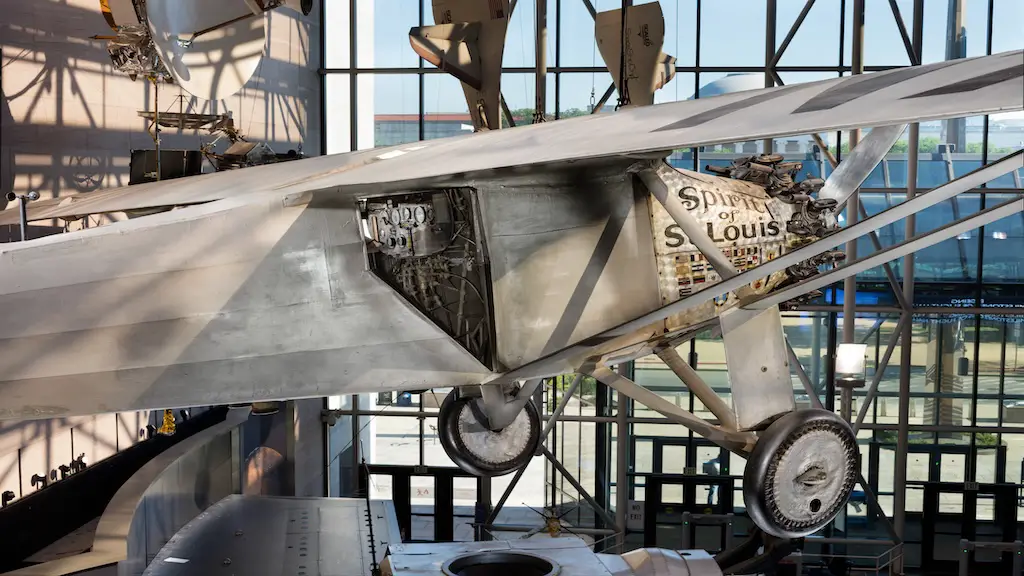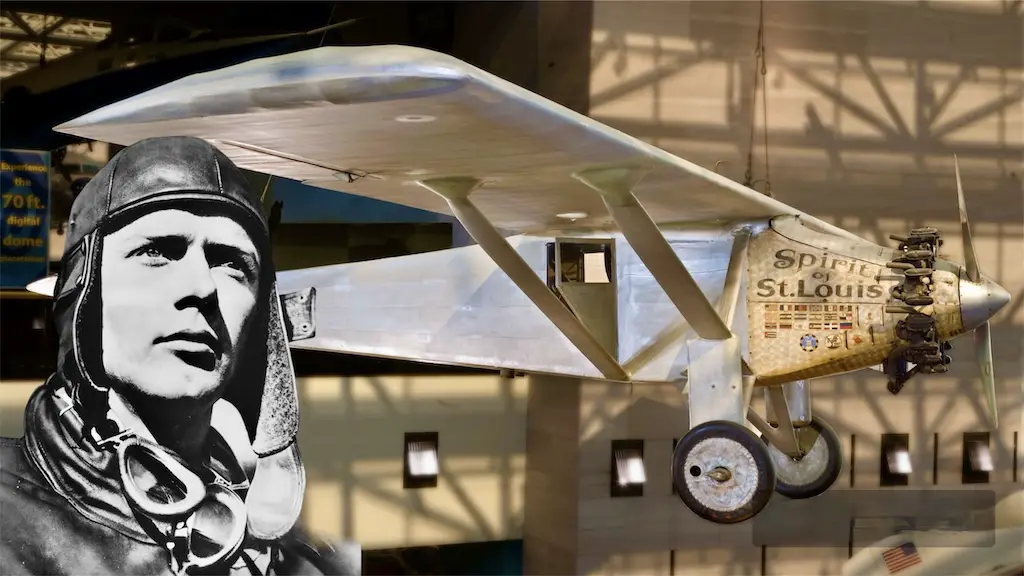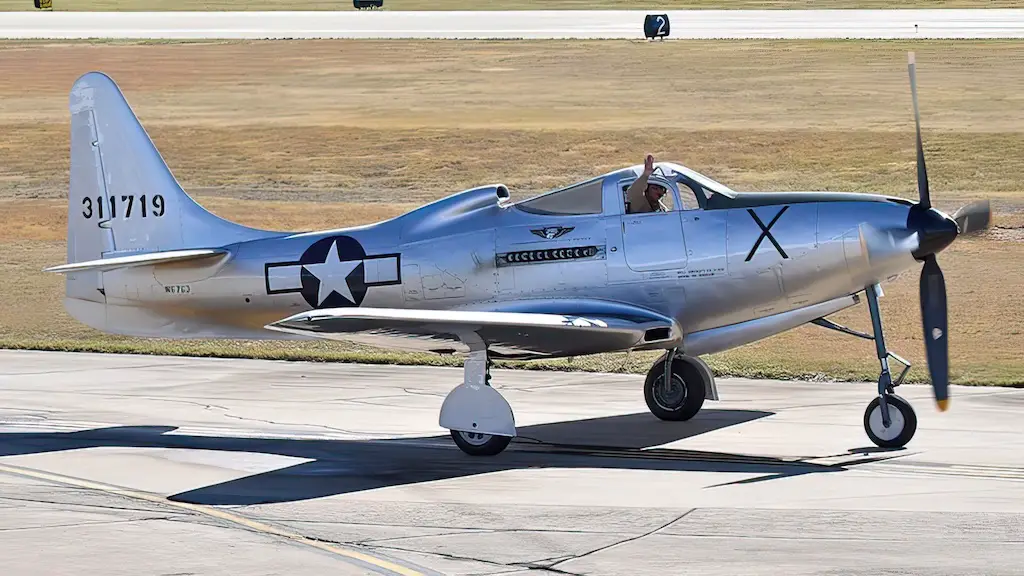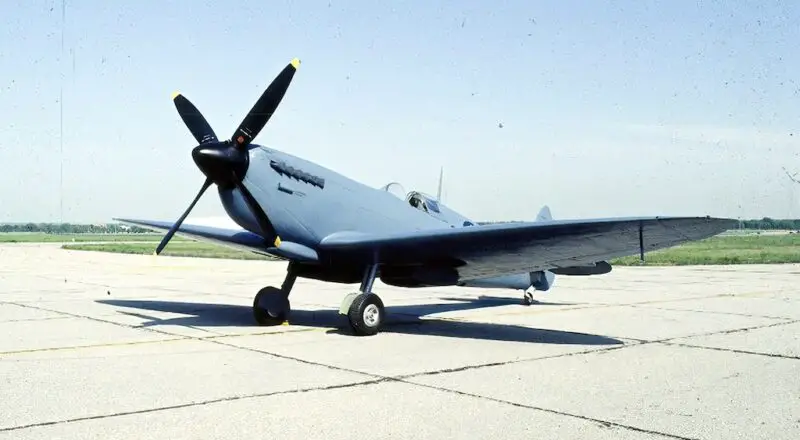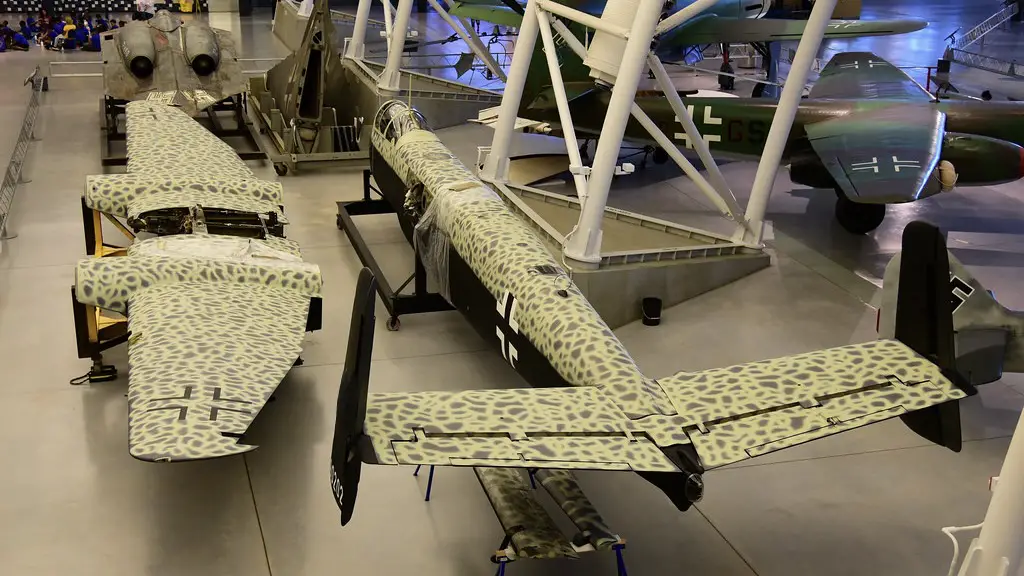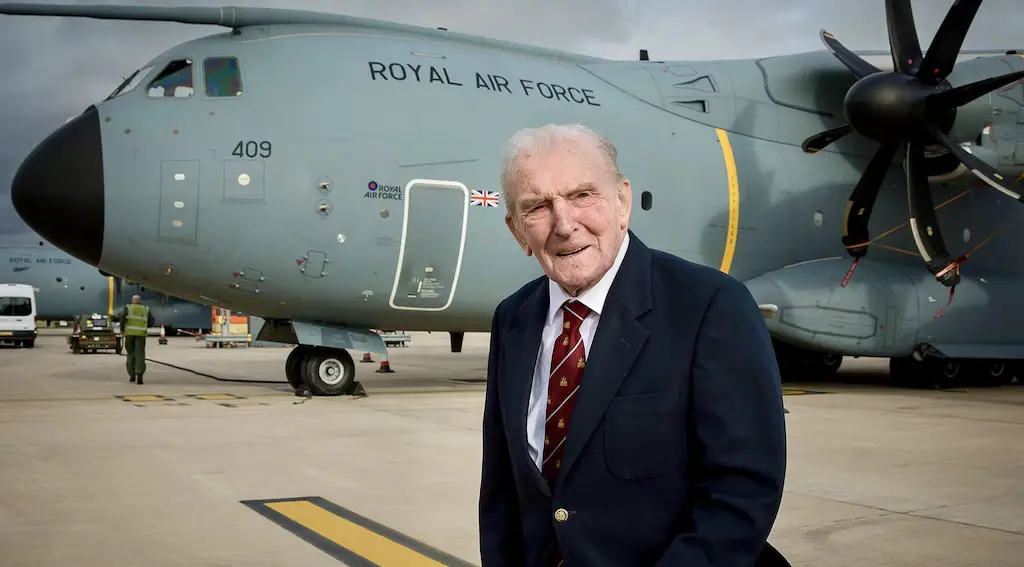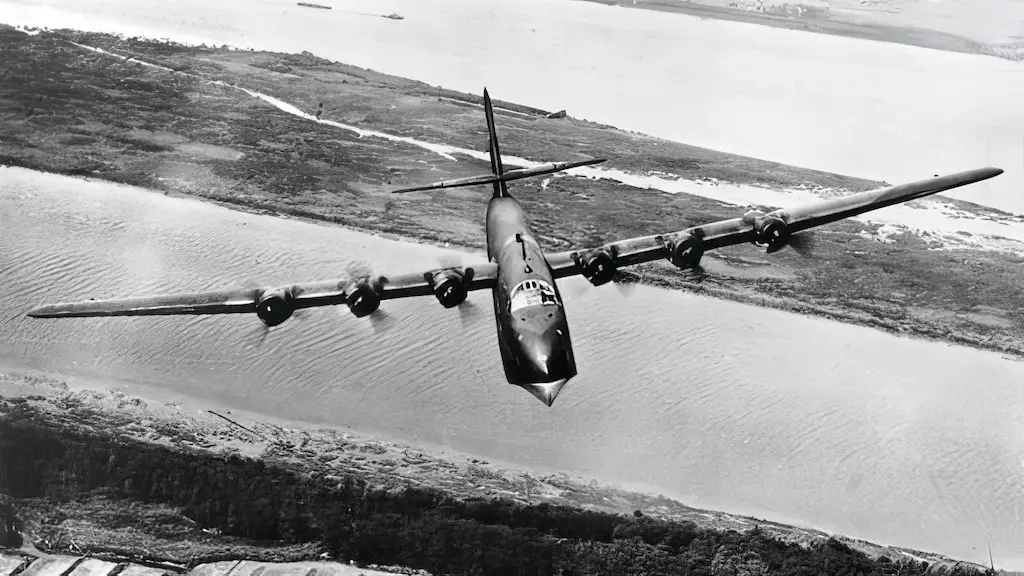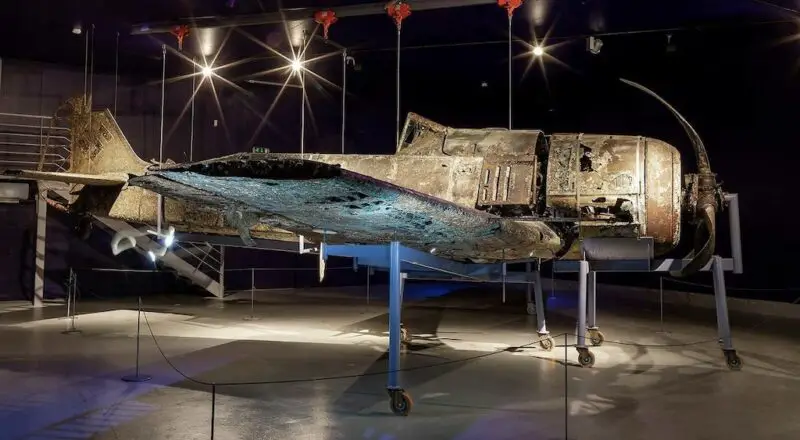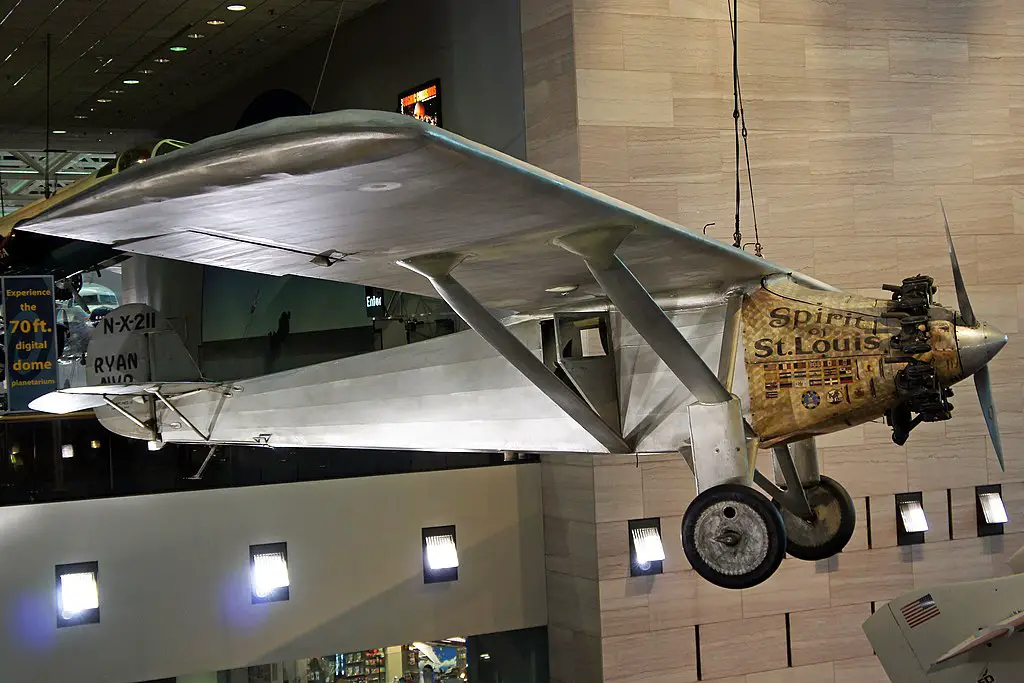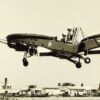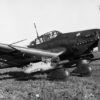Pioneering the Impossible
In the early hours of May 20, 1927, daring pilot Charles Lindbergh embarked on a transformative journey in aviation history. His aircraft, the Spirit of St. Louis, custom-built for a singular mission: to conquer the Atlantic solo and nonstop from New York to Paris. This monumental challenge was not merely a quest for the $25,000 Orteig Prize; it represented an unprecedented attempt to make the world more accessible.
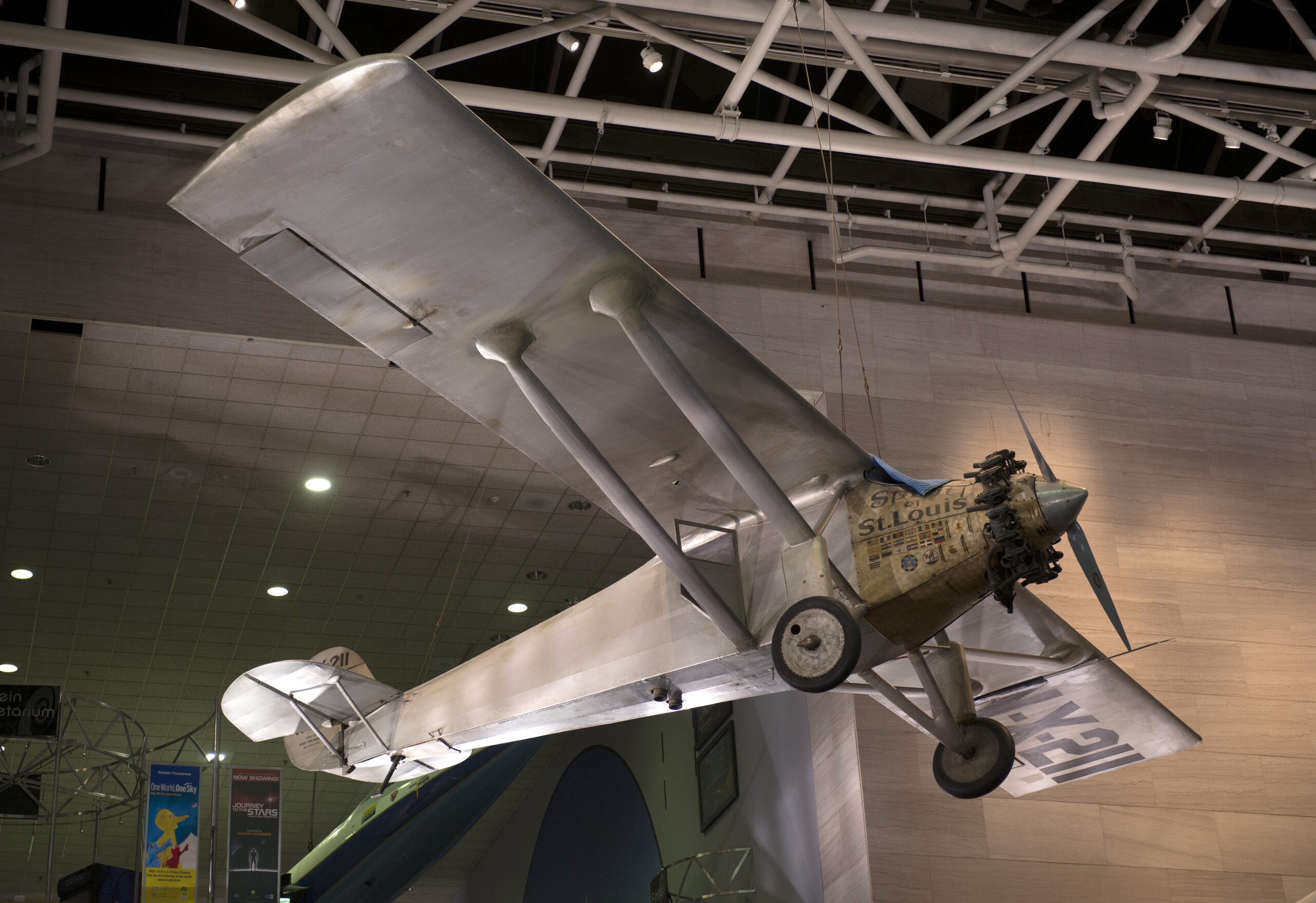
The Spirit of St. Louis, known officially as the Ryan NYP (New York to Paris), embodied innovation, born from the collaborative genius of Lindbergh and the Ryan Airlines team in San Diego. Under the guidance of Donald A. Hall and driven by Benjamin Franklin Mahoney’s ambition, the project materialized the aircraft within a mere 60 days, a testament to the unwavering commitment and urgency of their mission.
Lindbergh’s vision was uncompromising: a single-engine, single-seat monoplane optimized for unmatched range and reliability. Drawing inspiration from the Ryan M-2 mailplane, the team introduced critical modifications to prepare the aircraft for the punishing transatlantic voyage. They selected the Spirit’s Wright Whirlwind J-5C engine, a 223-hp powerhouse, for its proven reliability and efficiency, essential for the journey exceeding 3,600 miles.
A Journey of Faith and Determination
Departing from Roosevelt Airfield in New York, Lindbergh confronted the unknown, navigating the vast Atlantic with limited navigation aids. The Spirit of St. Louis, laden with 450 gallons of fuel across five tanks, exemplified the rigorous planning and foresight invested in its preparation.
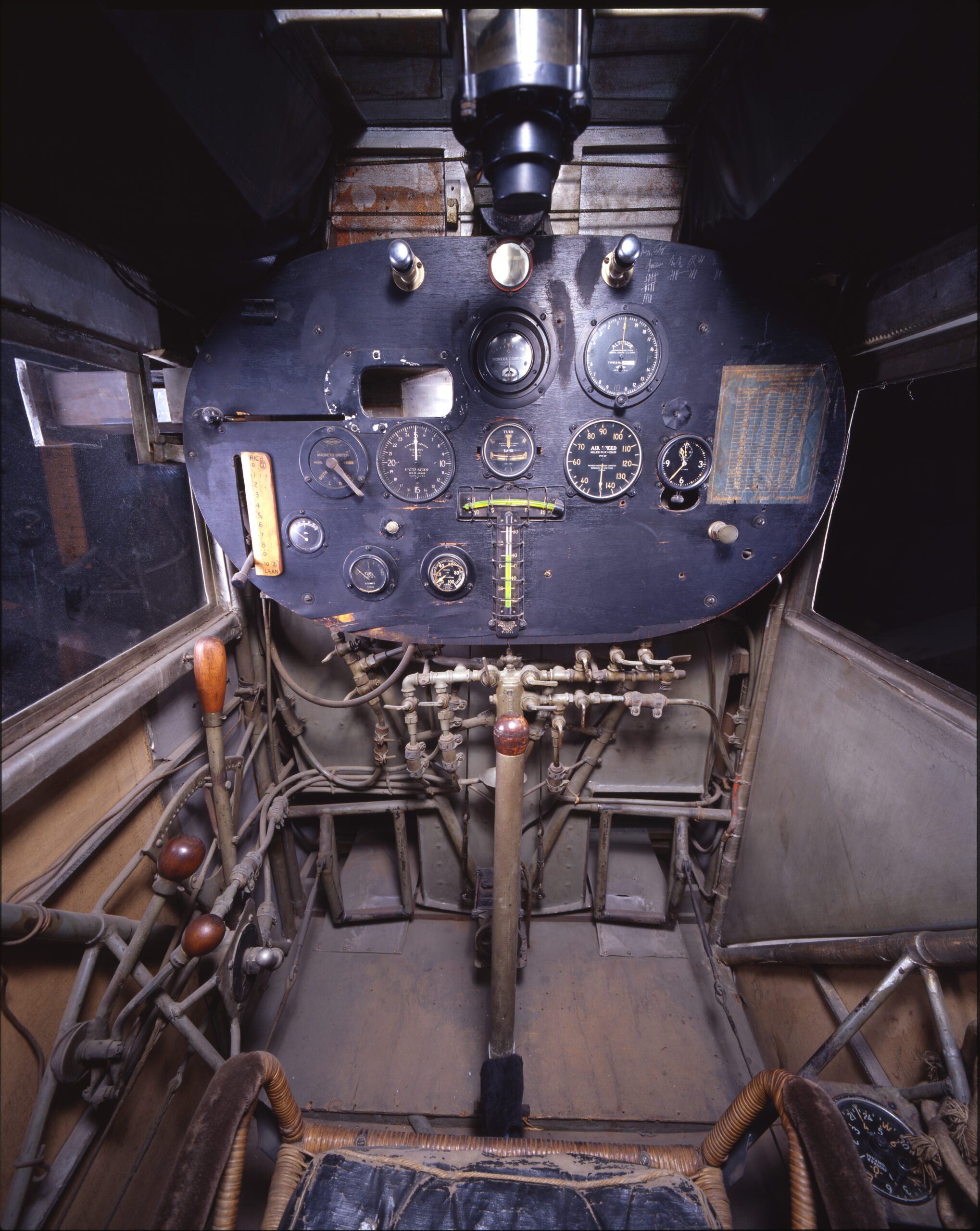
Lindbergh’s cockpit, a study in minimalist design, prioritized function and efficiency over comfort. The strategic decision to sacrifice visibility for fuel capacity forced Lindbergh to depend on a periscope for forward views. The team meticulously executed every aspect of the aircraft’s design to ensure Lindbergh’s successful arrival in Paris.
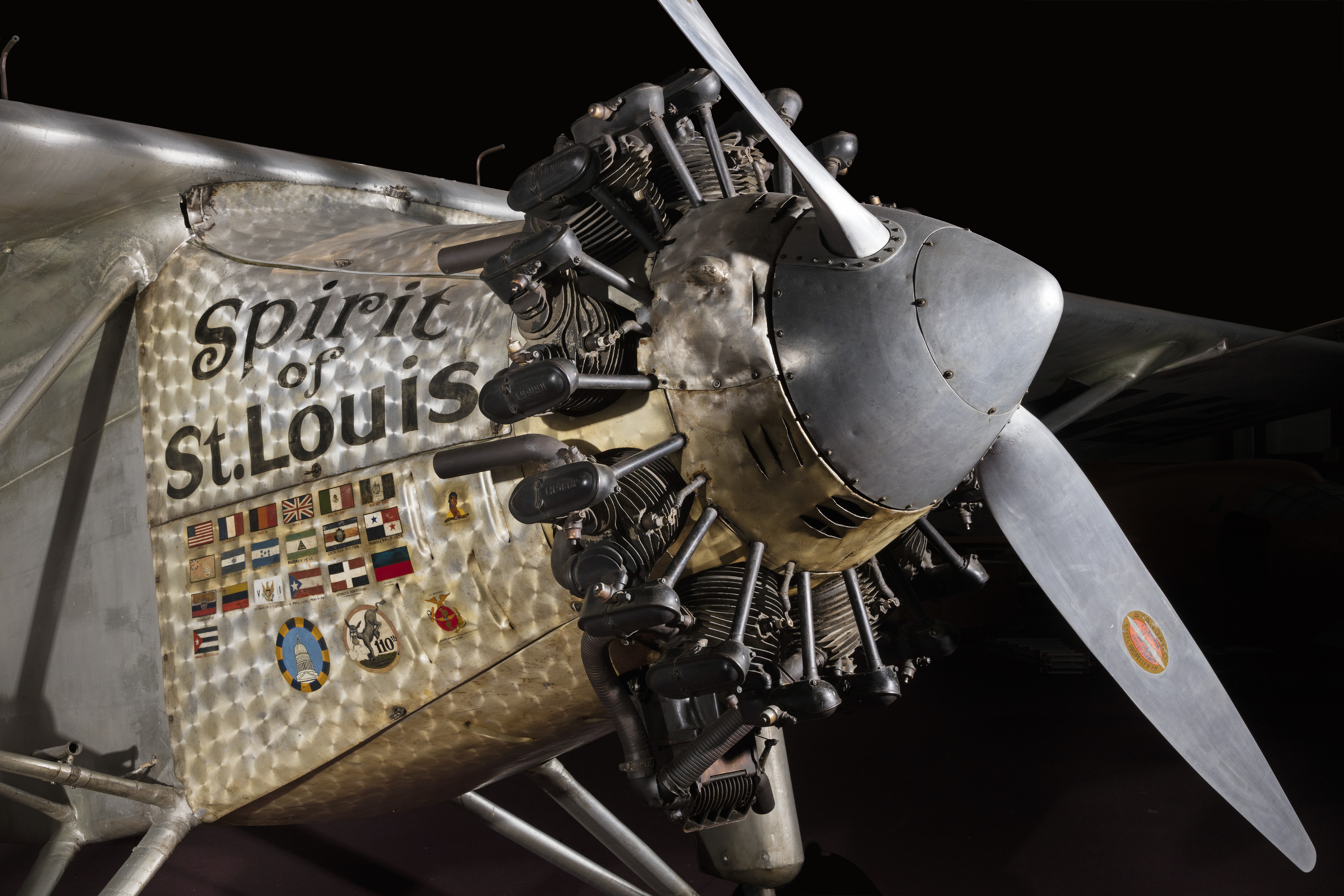
Touchdown in Paris
After 33 hours and 30 minutes, Lindbergh and the Spirit of St. Louis made a historic landing at Le Bourget Field in Paris, greeted by an astounded and enthusiastic crowd. This moment signified more than the completion of a flight; it heralded a new era in aviation and global connectivity. Lindbergh’s successful crossing showcased the feasibility of long-distance air travel and its potential for future advancement.
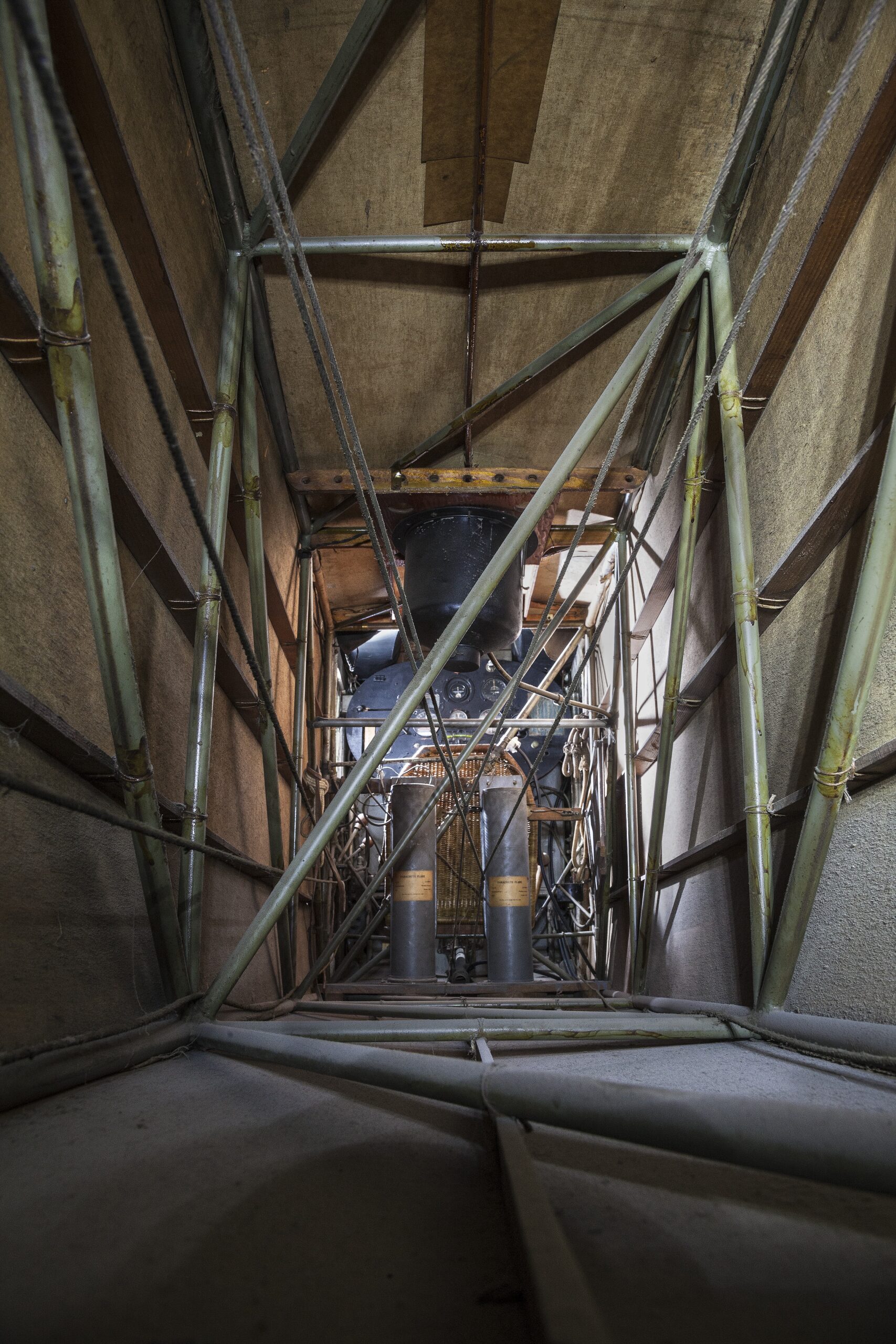
Following the flight, the Spirit of St. Louis and Lindbergh embarked on tours across continents, promoting goodwill and inspiring individuals worldwide. The aircraft, now meticulously preserved, stands in the Smithsonian Institution’s National Air and Space Museum as a symbol of human ambition and ingenuity.
Lindbergh’s accomplishment transcended the Orteig Prize; it catalyzed a worldwide fascination with aviation and set the stage for the future of commercial air travel. The flight underscored the power of aviation to connect distant regions, making the world a more interconnected place.
